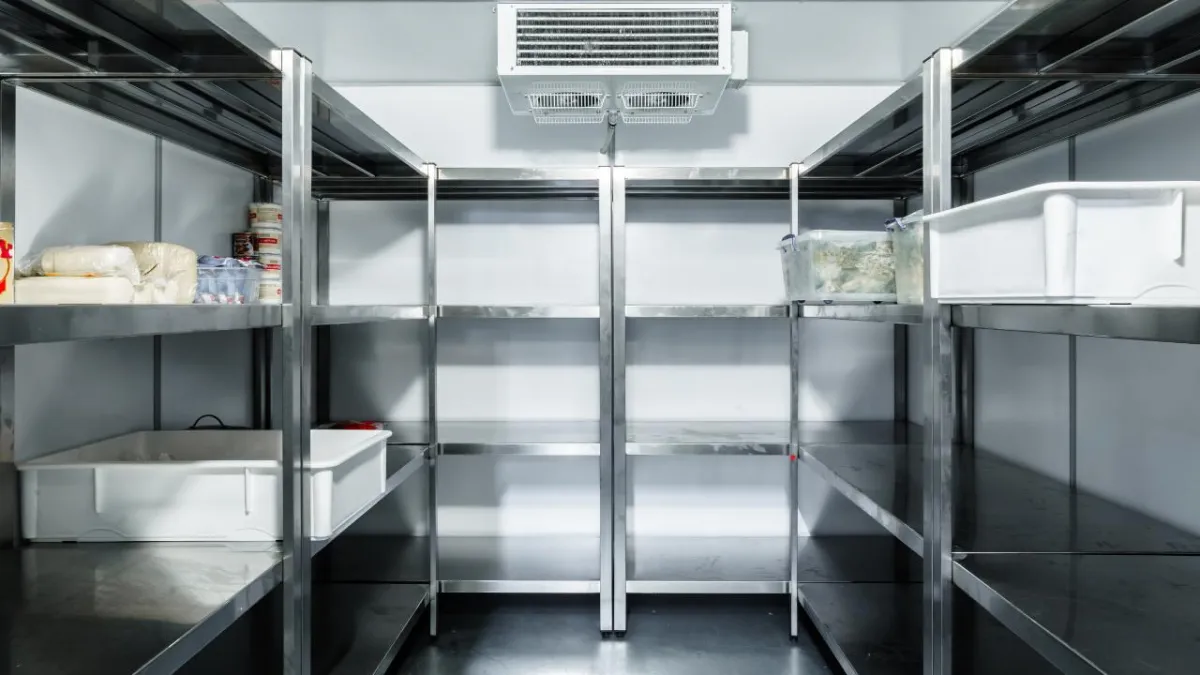
Best Practices for Maintaining Walk-In Coolers and Freezers
When your business depends on keeping food or temperature-sensitive products cold, a malfunctioning walk-in cooler or freezer isn’t just an inconvenience—it’s a liability. Whether you own a restaurant, grocery store, or floral shop in Cedarburg, WI, knowing how to care for your walk-in refrigeration can help prevent costly repairs and product loss.
In this guide, you’ll learn essential maintenance tips, how to spot early signs of trouble, and when to call in professional help.
Keep It Clean Inside and Out
Cleanliness is more than aesthetics when it comes to commercial refrigeration. Dirt, dust, and debris can block airflow and make your system work harder, leading to premature wear and higher energy bills.
Here’s what you should clean regularly:
Shelves and floors – Spills and moisture can cause mold, bacteria, or even slip hazards.
Door gaskets – Wipe them down weekly to maintain a tight seal.
Coils (evaporator and condenser) – Dust buildup reduces efficiency. Clean these at least every three months.
Drain lines – Clogs can lead to water backup and ice formation. A quick flush can prevent this.
Keeping these components clean improves airflow, maintains safe temperatures, and helps your unit last longer.
Monitor Temperature Daily
Walk-in coolers and freezers should maintain consistent temperatures—typically between 34–40°F for coolers and below 0°F for freezers. Even minor fluctuations can affect food safety and shelf life.
Make it a habit to:
Check and log temperatures twice daily
Investigate if the reading seems off or fluctuates frequently
Use a backup thermometer to verify accuracy
Sudden spikes in temperature could indicate problems like a failing thermostat, refrigerant leak, or a worn compressor.
Inspect Seals and Doors
Poor door seals allow cold air to escape and warm air to enter, overworking your unit and increasing energy costs.
Check for:
Cracked, brittle, or moldy gaskets
Doors that don’t close properly
Ice buildup around the doorframe
Replace damaged gaskets and ensure hinges are properly aligned. Also, remind staff not to prop open doors for long periods, especially during deliveries.
Prevent Ice Buildup
Ice may look harmless, but too much of it means trouble. It can signal air leaks, poor insulation, or failing defrost systems. Ice accumulation on evaporator coils or fan blades will reduce airflow and cooling efficiency.
What you can do:
Inspect coils regularly for frost
Listen for noisy or slow fans
Ensure automatic defrost cycles are functioning
If ice keeps returning, it’s time to bring in a technician for deeper diagnostics.
Schedule Regular Professional Maintenance
Even with daily attention, walk-in units require seasonal checkups. That’s where a trusted professional comes in.
A certified HVAC technician from a reputable local company like Champion Air Mechanical can inspect refrigerant levels, electrical components, and defrost cycles—ensuring your system performs optimally year-round. If you've ever searched for HVAC services near me, you know how vital it is to have someone local and responsive when you need help fast.
Case Study: Avoiding a $4,000 Loss
A Cedarburg deli owner noticed her walk-in cooler seemed warmer than usual. She delayed calling for help, thinking it was just a fluke. Two days later, the compressor failed, spoiling all of her meat and dairy inventory. Had she acted on the initial warning signs, she could’ve spent under $300 for a preventive repair rather than losing stock and business revenue. Now, she schedules bi-annual service and hasn't had an issue since.
Conclusion
Your walk-in refrigeration system is the backbone of your business’s cold chain. Taking care of it doesn’t require hours of effort—just consistency and awareness. Clean it regularly, check for signs of wear, and invest in professional maintenance before problems arise.
Need help keeping your walk-in cooler or freezer in top shape? Schedule a maintenance visit with Champion Air Mechanical today and ensure peace of mind for your business.




